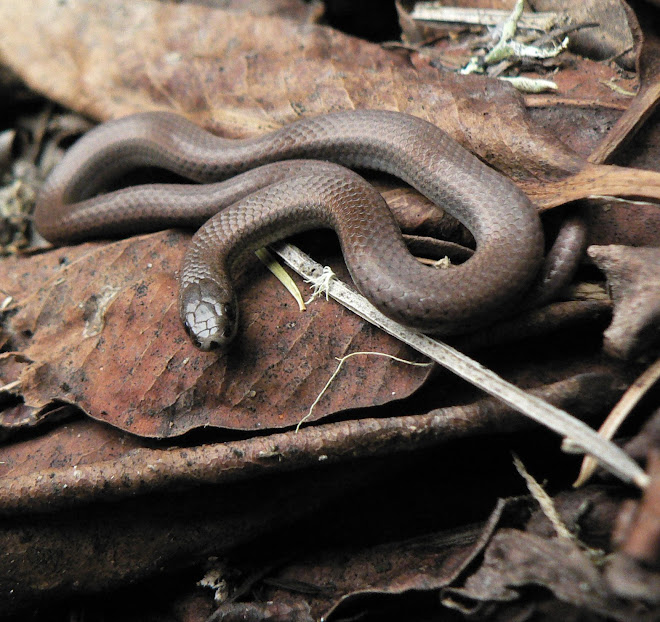Bird Brain 101 Continued
Moralea Milne
January 5, 2009
At the beginning of December’s snowfall, while the arbutus still held its crop of bright orange and red berries, a hermit thrush stationed itself in the tree by my kitchen window and rarely left until every last berry was consumed.
Over the past several weeks, as the snow continued to fall and our normal, mild winter temperatures never quite materialized, I hung out suet feeders on this same arbutus and enjoyed the never ending activity as juncos, Stellar’s jays, chickadees and other small songbirds flocked to this energy source. Next time I am going to make Isobel Tipton’s excellent recipe for suet cakes (see previous Muse).
On this early January morning, as the rain falls continuously on the wet snow and fog blankets the landscape, it seems a good time to contemplate changes that can be made to make a yard more bird friendly.
One of the biggest limiting factors to attracting birds is the scarcity of available nesting sites. Loss of habitat can occur for a variety of reasons. Some birds use abandoned woodpecker nests, but woodpeckers can’t drill a nest hole unless there is a suitable tree in the vicinity. Trees that are young often don’t have sufficient diameter or they are too healthy. Yes, a tree can be too healthy! Wood drilling birds prefer trees with some rot or broken branches, where the wood has been somewhat softened and is easier to drill. They might look unsightly to you but they look like prime real estate to a woodpecker. Some birds, like great-horned owls will nest in the top cavity of a broken-topped tree.
Invasive species, like starlings, English sparrows and gray squirrels have also reduced available lodgings by commandeering them for their own use.
Building a nest box will sometimes attract the species that are looking for a tree cavity. Chickadees, nuthatches, tree and violet-green swallows, house wrens, flickers, downy and hairy woodpeckers might come to carefully constructed and placed nest boxes. I’ve had good success attracting violet green swallows, using an odd shaped entrance hole, sort of a horizontal or vertical oval (22 cm x 8.9 cm), that is just a little too small for English sparrows to invade. It can be quite comical to see those fat little intruders trying to squeeze into the swallow nest. They’ll finally give up and the swallows can take up residence.
At a previous property we had built many nest boxes but they were all taken over by starlings and grey squirrels. The squirrels would enlarge the holes, chewing around the entrance until no self respecting flicker would consider it again. To solve this problem, you can fashion a metal plate and secure it around the hole. Placement is important too; a minimum of five feet above ground, out of the range of predators, away from direct sun (and overheated conditions) and protected from heavy rains. Most birds are secretive when nesting and don’t want their nests in full view.
Nesting materials can be hard to find. Hang short lengths of string and yarn (to 6 cm maximum), fleece, dried grass, bulrushes and cattails and small feathers and down in baskets or mesh bags in easy to find areas. Do NOT use dryer lint, which can swell and force young birds from their nests.
Constructing nest boxes can a fun family project. You don’t need a professional workshop or expensive materials for this project.
Use old bits of untreated wood or rough cedar, if you can leave the bark on, it will give a more natural look. Use screws and overlap sides to prevent water from infiltrating. Make one of the sections removable, it’ll facilitate fall cleaning. Drill a few holes just below the ceiling area, for ventilation and a few in the floor, to remove moisture. Do NOT add a perch, it gives easier access to those myriad creatures that consider eggs and young birds as tasty snacks. You can add a predator block easily during construction. This is a scrap piece of wood, fashioned to the inside of the nest box, over the entrance hole (with the hole cut out). It makes the entrance hole thicker and deters some predators from being able to reach the eggs or young.
Locate the box in a quiet area that is not too busy and consider if using baffles will deter marauders. Face the entrance hole away from the wind and tilt the box slightly forward to keep the rain from entering. Most birds prefer to nest in secluded locations but swallows like a clear sightline and a perching spot not too far from their nest. If building a robin or barn swallow nesting shelf, add a lip at the front so that the nest will not fall out during storms.
In the fall, clean out the box and pour boiling water into the interior, to destroy parasites. Leave the box up over the winter, some birds might use them for nighttime shelter.
Watching the antics of our native birds can brighten an otherwise dull and dreary winter day and being part of the process that enables them to breed and raise their young near you can offer a fun, activity filled afternoon to yourself and your family. For other bird enhancing stewardship ideas, you can read the Lawnchair Birding article from the June 2008 Muse issue (look under October 2008 archives).
References:
The Bird Garden by S.W. Kress
Naturescape BC, Caring for Wildlife Habitat at Home, Provincial Guide by S. Campbell and S. Pincott
Saturday, January 31, 2009
Subscribe to:
Comments (Atom)








